Fascinating photos of Chernobyl
Chernobyl, a name synonymous with disaster, was once a thriving hub of Soviet ambition. Nestled in northern Ukraine, this region was bustling with life and activity before the infamous nuclear disaster of 1986. It was home to a vibrant community, where modernity and culture coalesced. The pre-disaster era of Chernobyl is a fascinating snapshot of Soviet life, offering insights into the socio-economic and cultural dynamics of the time.
Chernobyl: The Heart of Soviet Technological Ambition
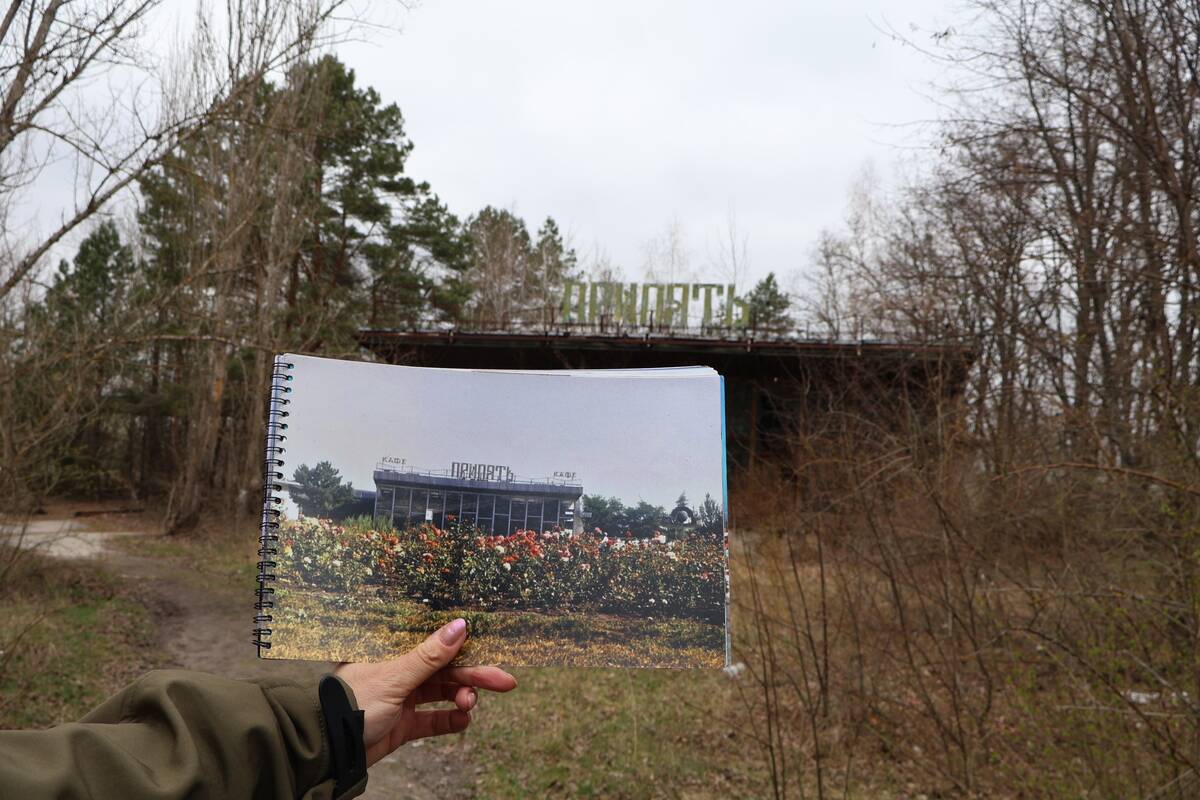
Chernobyl was not just a town; it was a testament to Soviet ingenuity and technological prowess. The region was chosen for the Chernobyl Nuclear Power Plant because of its strategic location and potential to showcase Soviet nuclear expertise. The plant was one of the USSR’s flagship projects, aimed at demonstrating the nation’s commitment to harnessing nuclear energy for peaceful purposes. It was a symbol of progress and technological advancement, embodying the Soviet Union’s aspirations.
Life in Pripyat: The Bustling Town Next Door
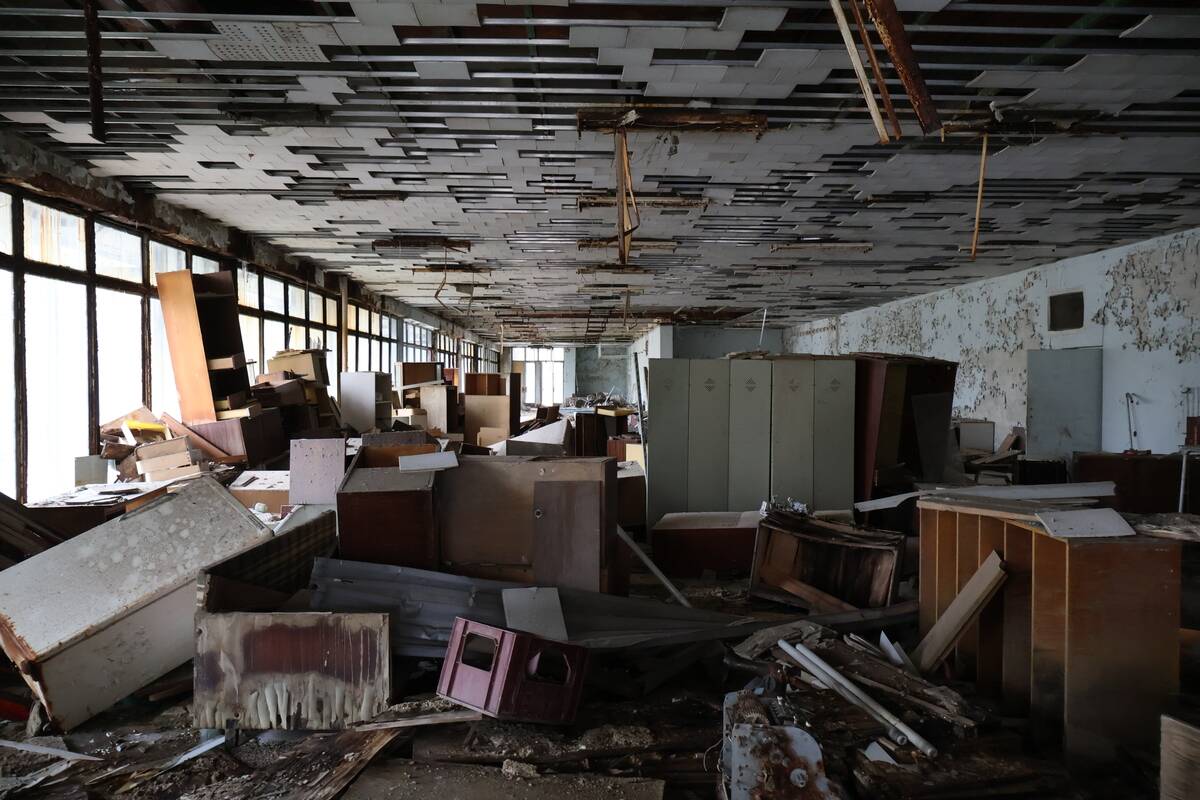
Just a few kilometers from Chernobyl lay Pripyat, a city built to house the power plant’s workers and their families. Established in 1970, Pripyat was a model Soviet city, complete with modern infrastructure and amenities. It boasted a young, vibrant population, with an average age of only 26 years. The city was alive with social activities, from bustling markets to recreational facilities, reflecting a community that thrived on innovation and camaraderie.
Architectural Marvels: Soviet Style in Chernobyl
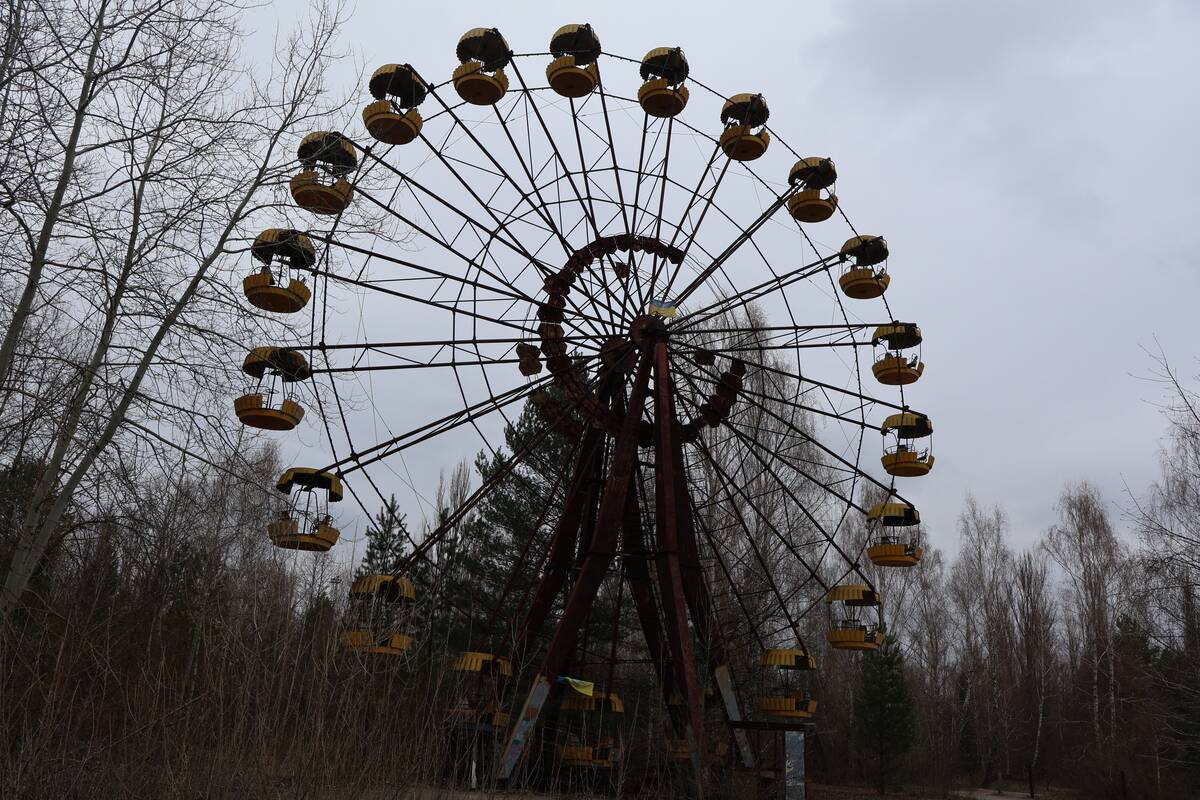
The architectural landscape of Chernobyl was a blend of utilitarian design and Soviet modernism. Buildings were constructed to reflect the grandeur and functionality of Soviet architecture, with a focus on communal living. The blocks of apartments, schools, and public facilities were designed to accommodate the growing population efficiently. The architecture of the area mirrored the broader Soviet aesthetic, emphasizing symmetry, bold lines, and the integration of art into everyday structures.
The Chernobyl Nuclear Power Plant: A Beacon of Progress
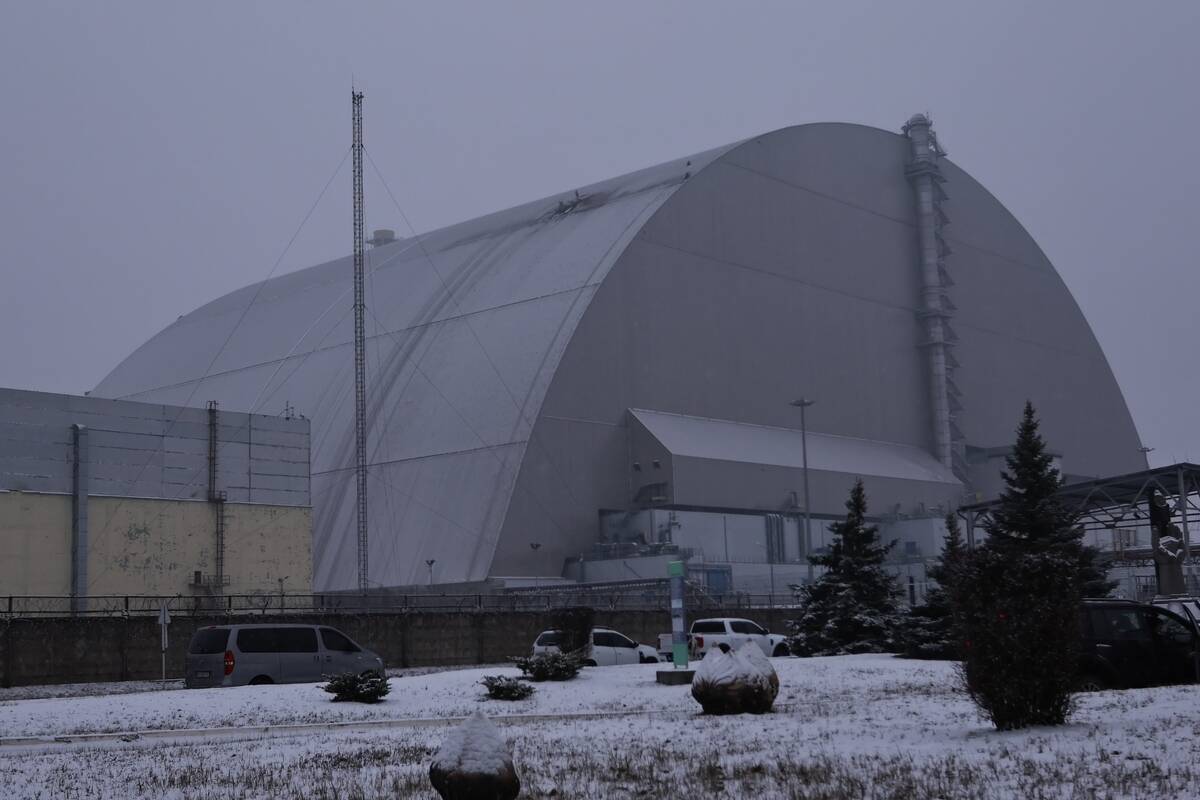
The Chernobyl Nuclear Power Plant was a testament to Soviet engineering, designed to be one of the largest of its kind. Its four reactors were intended to produce 4,000 megawatts of electricity, enough to power much of Ukraine. The plant was a critical component of the Soviet energy strategy, aiming to reduce reliance on fossil fuels. Despite its eventual notoriety, the plant was initially celebrated for its cutting-edge technology and role in energy independence.
The Green Belt: Nature’s Haven Before the Fallout
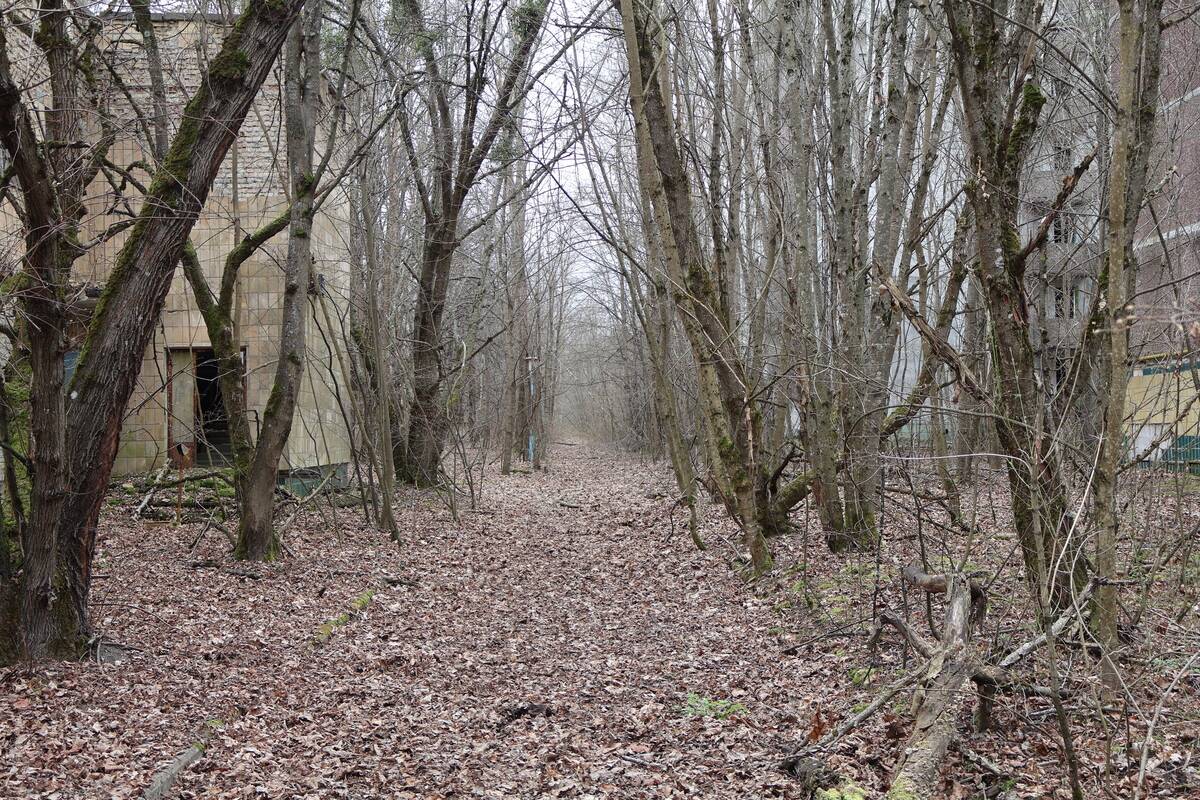
Before the disaster, Chernobyl was surrounded by lush landscapes and rich biodiversity, often referred to as the “Green Belt.” The surrounding forests and rivers provided a haven for wildlife and were popular spots for recreation and relaxation among locals. The area was known for its picturesque beauty, with dense woodlands, meandering streams, and abundant wildlife, offering a serene contrast to the bustling human settlements nearby.
A Day in the Life: Residents of Chernobyl
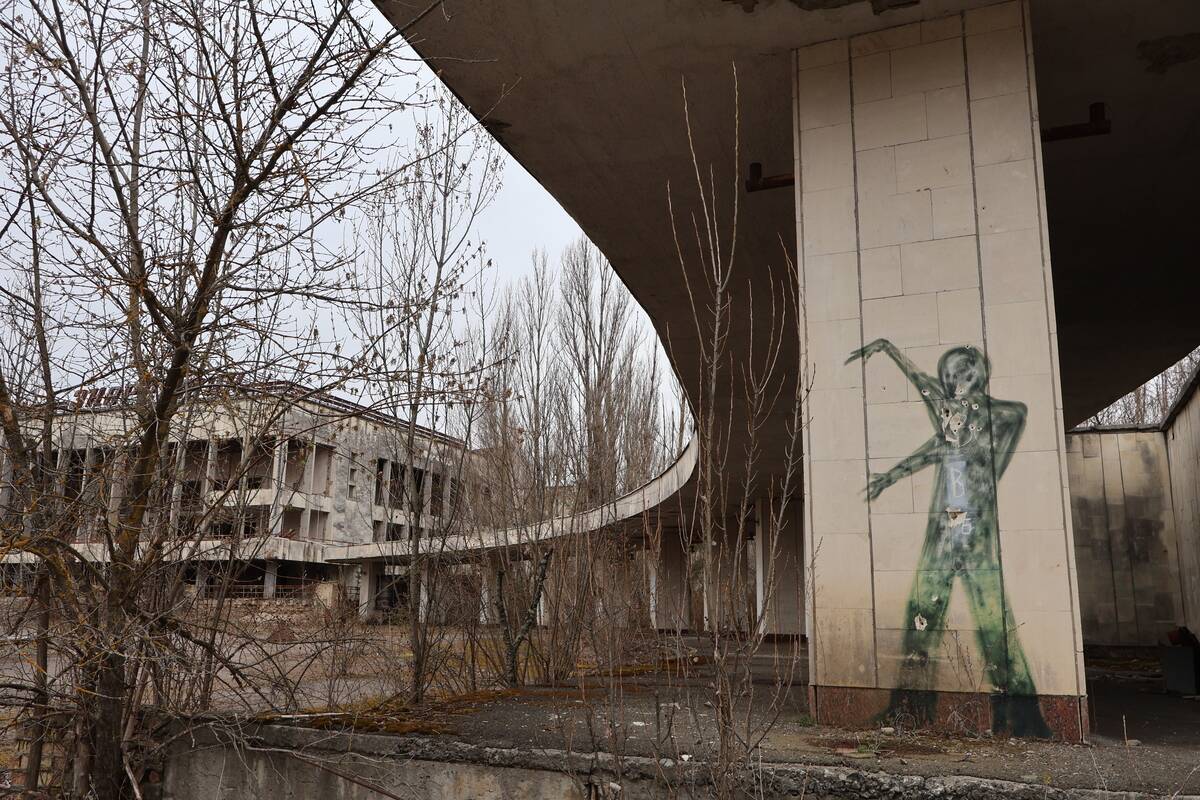
Life in Chernobyl was characterized by routine and community. Residents enjoyed a strong sense of camaraderie, participating in various social activities and events. A typical day involved commuting to work at the power plant or local factories, followed by evenings spent in communal spaces like parks or cultural centers. The people of Chernobyl shared a collective spirit, driven by the optimism and progressive ideals of the Soviet Union.
Cultural Hotspots: Theaters, Parks, and Recreation
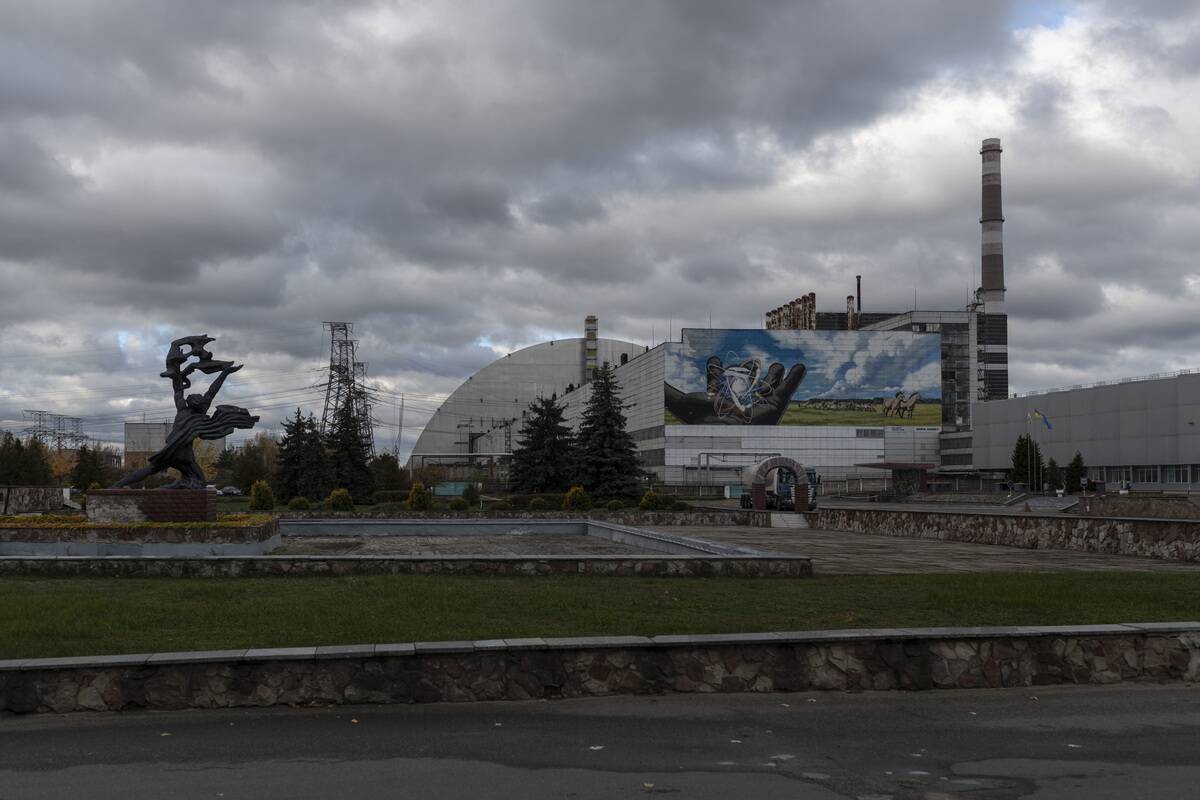
Chernobyl was not just an industrial hub; it was rich in cultural venues and recreational spaces. Theaters hosted performances that highlighted Soviet arts and culture, while parks offered residents a place to unwind and socialize. Public squares often served as gathering spots for festivals and cultural events, reflecting the community’s vibrant social life. These venues were integral to fostering a sense of identity and cohesion among the residents.
Education in Chernobyl: Schools and Universities
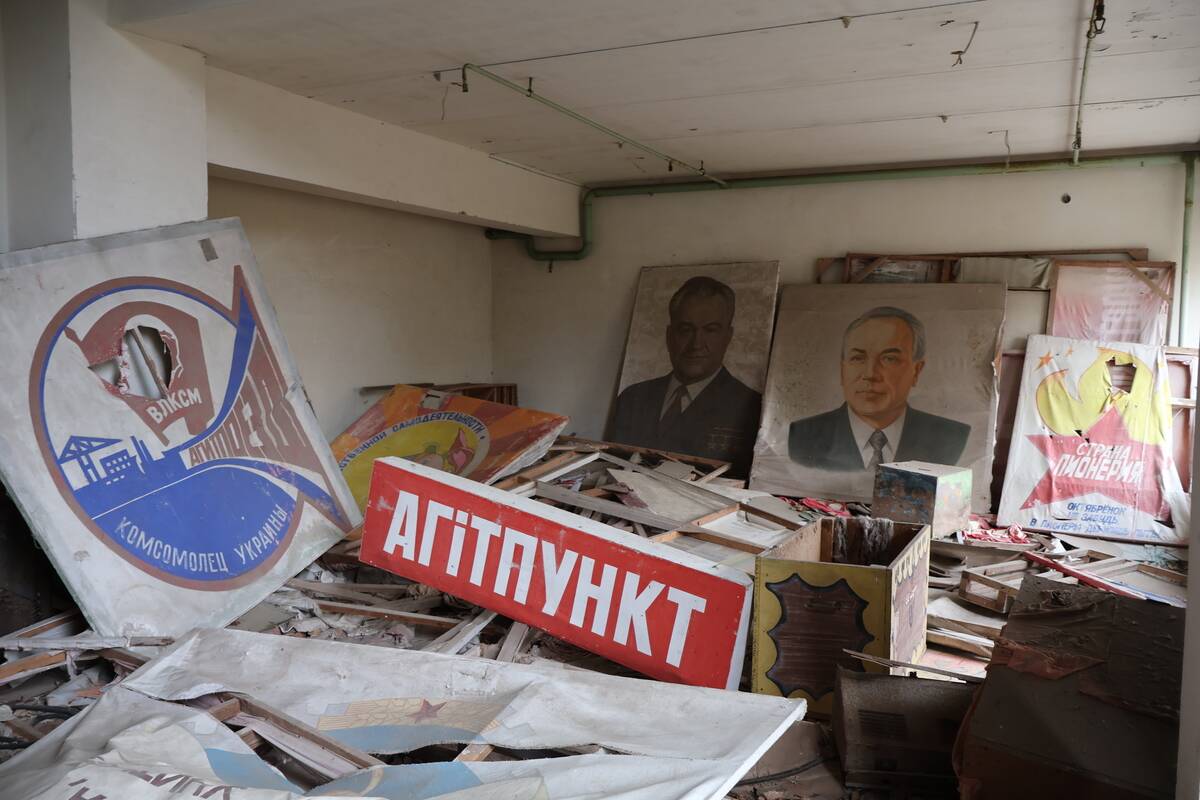
Education was a cornerstone of Chernobyl’s community, with numerous schools and educational institutions catering to the young population. The emphasis was on providing a comprehensive education that aligned with Soviet educational standards. Schools were equipped with modern facilities, and students were encouraged to pursue studies in science and technology, reflecting the region’s focus on nuclear energy and industrial development. Education was seen as a pathway to progress and innovation.
The Industrial Pulse: Factories and Productivity
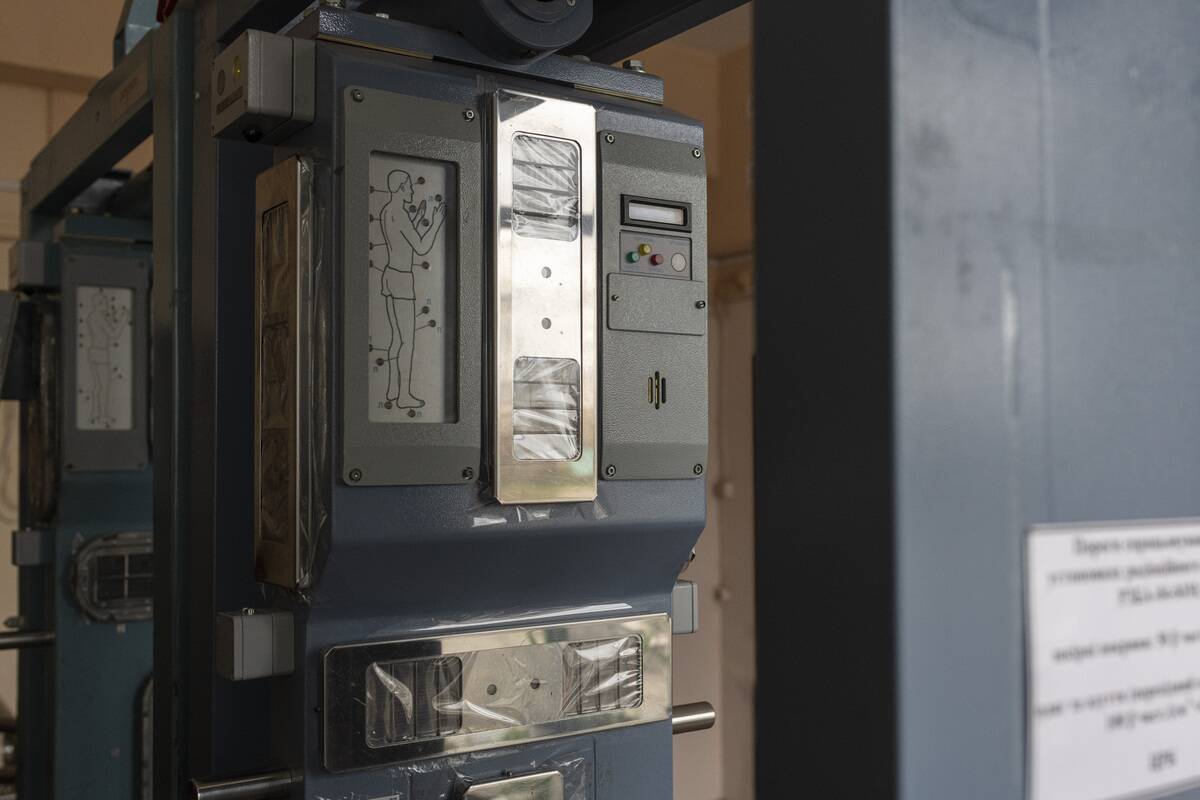
Beyond the power plant, Chernobyl’s economic landscape was dotted with factories and production facilities, contributing to the region’s industrial output. These factories were involved in a range of activities, from manufacturing to processing raw materials, showcasing the area’s diverse industrial base. The workforce was primarily composed of skilled laborers, and productivity was a source of pride, boosting the local economy and reinforcing Chernobyl’s role as an industrial powerhouse.
Chernobyl’s Marketplaces: A Hub of Trade
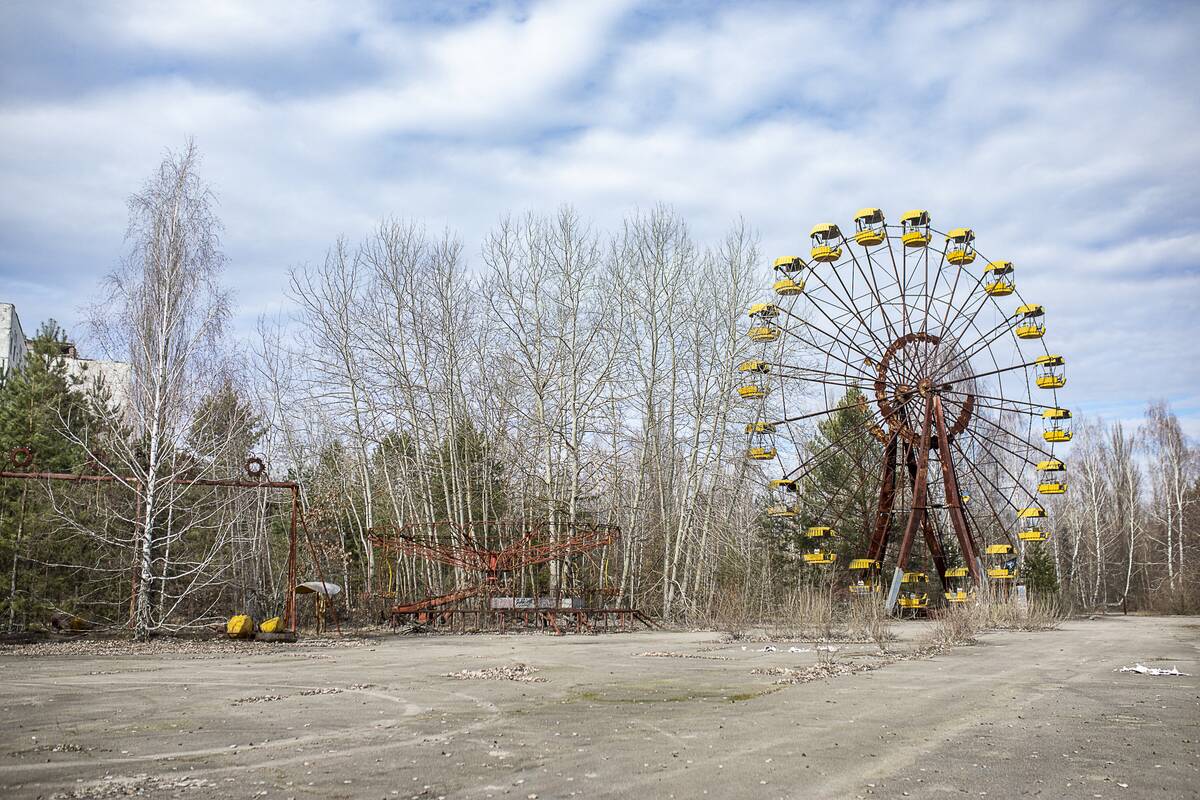
Marketplaces in Chernobyl were bustling centers of trade and commerce, offering a variety of goods to residents. These vibrant markets reflected the diverse needs and tastes of the community, with stalls selling everything from fresh produce to clothing and household items. The marketplaces were not only economic hubs but also social spaces where people gathered, exchanged news, and fostered community ties, contributing to the area’s dynamic social fabric.
Sports and Leisure: Stadiums and Swimming Pools
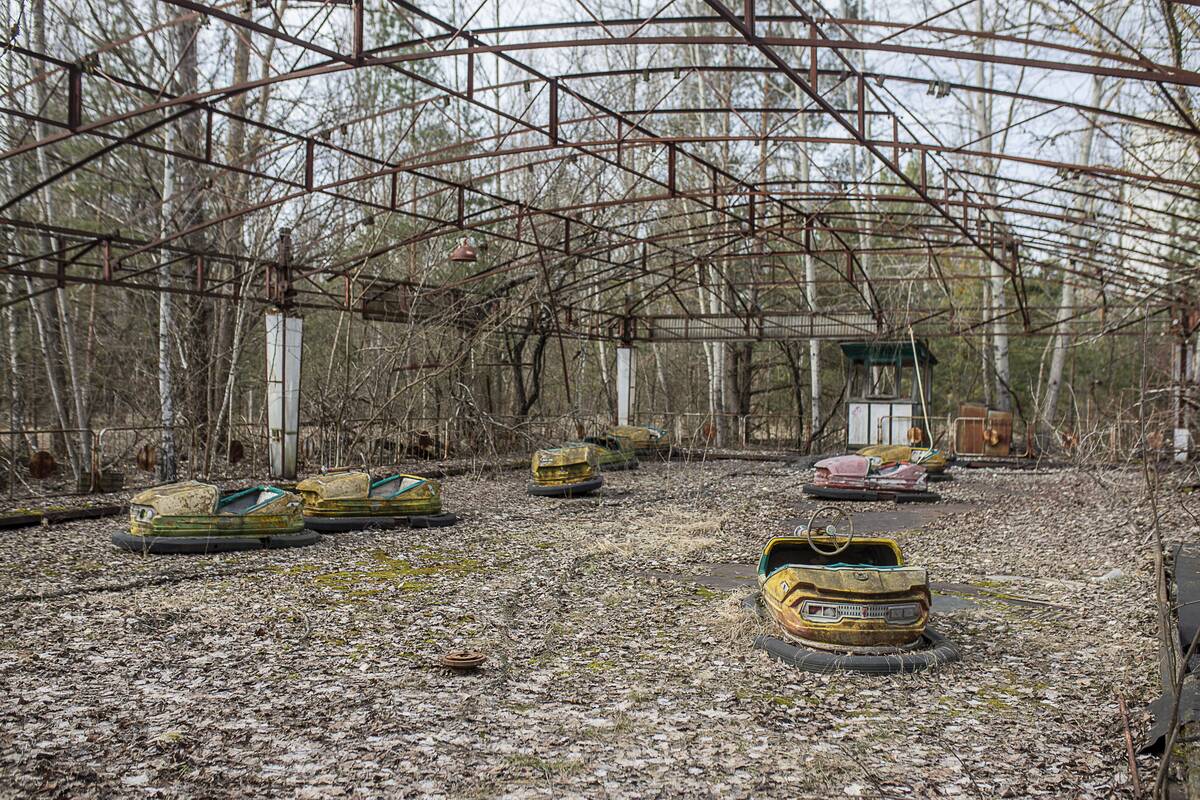
Chernobyl’s commitment to sports and leisure was evident in its facilities, including stadiums and swimming pools. These venues provided residents with opportunities for physical activity and recreation, promoting a healthy lifestyle. Sports teams and clubs were popular, fostering a sense of community and teamwork. The swimming pools and sports complexes were centers of activity, where individuals of all ages could enjoy athletic pursuits and socialize with friends and family.
Transportation Networks: Roads and Railways
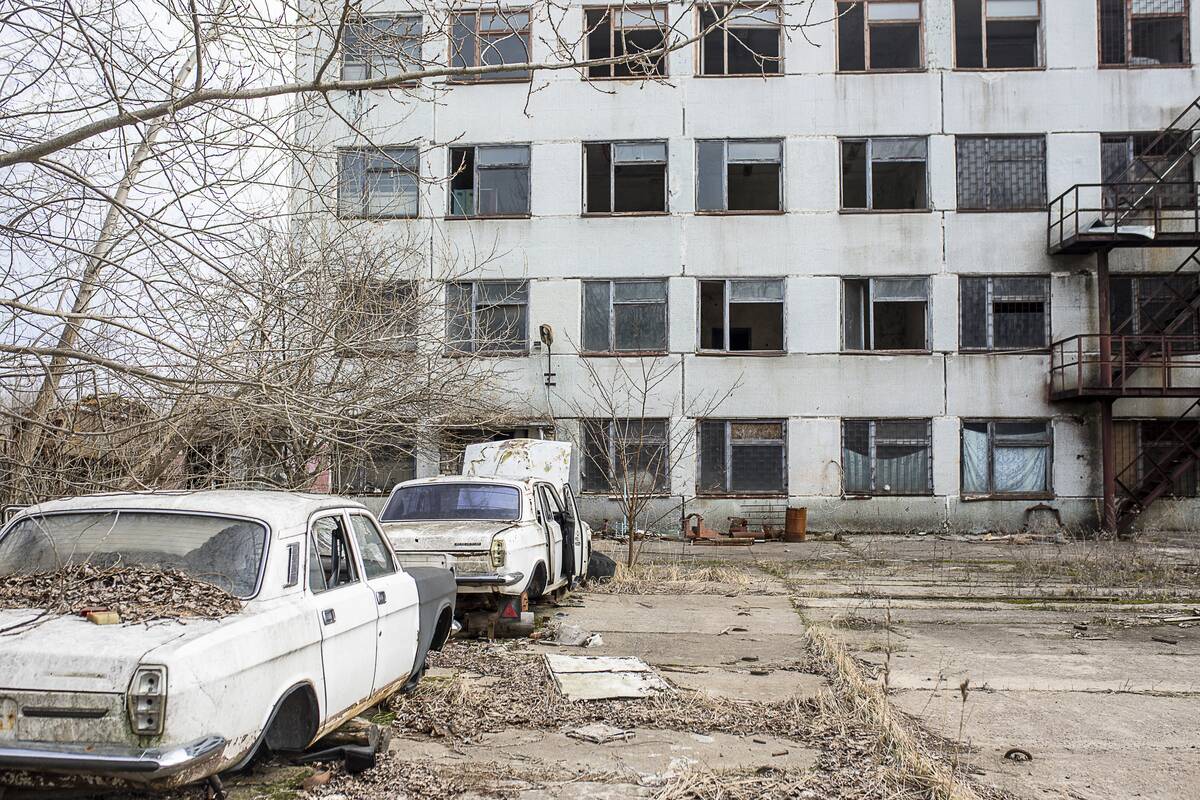
Chernobyl’s transportation infrastructure was well-developed, with roads and railways connecting the region to the rest of Ukraine. The rail network was particularly crucial, facilitating the transport of goods and people, and supporting the area’s industrial activities. The roads were designed to accommodate the growing population and economic demands, ensuring efficient movement throughout the region. These networks were vital to Chernobyl’s functionality and accessibility.
Art and Murals: The Creative Spirit of Chernobyl
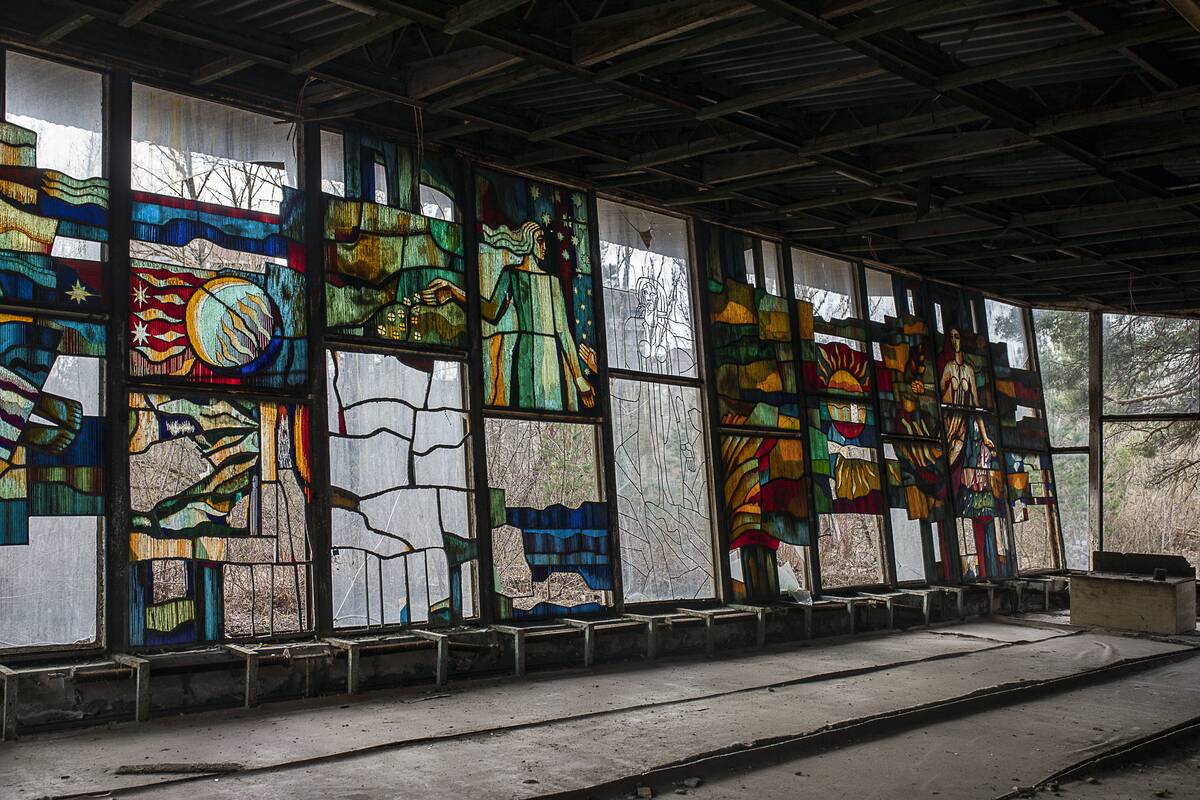
Artistic expression flourished in Chernobyl, with murals and public art reflecting the creative spirit of the community. These artworks often depicted themes of progress, unity, and Soviet ideals, adding color and character to the urban landscape. Artists were encouraged to contribute to the public sphere, and their works became an integral part of the city’s identity. This artistic vibrancy highlighted the importance of culture and creativity in everyday life.
Celebrations and Festivals: Joy Before the Tragedy
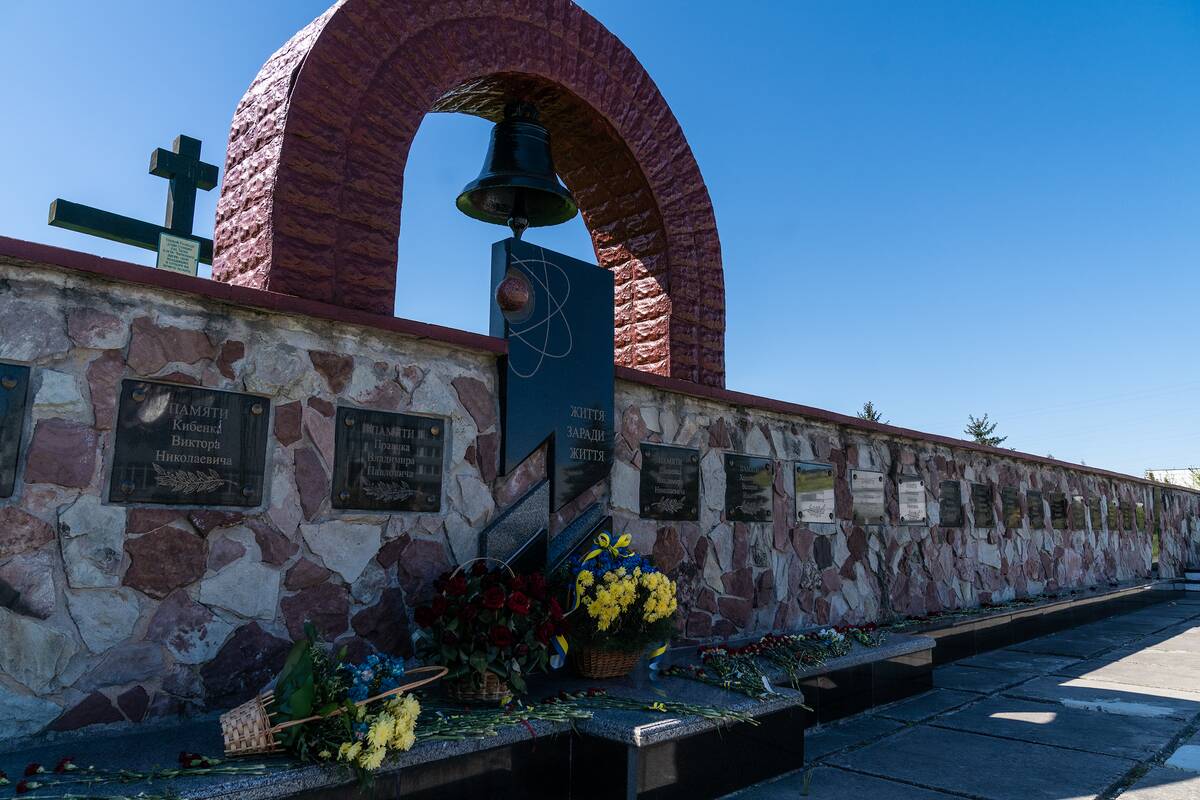
Before the disaster, Chernobyl was a place of joy and celebration, with numerous festivals and public events. These gatherings were opportunities for residents to come together, celebrate their culture, and enjoy communal festivities. Traditional Soviet holidays were observed with enthusiasm, and local events showcased the region’s cultural richness. Festivals were an essential part of life, providing a sense of continuity and belonging in the community.
The Lasting Legacy: Chernobyl’s Pre-Disaster Era
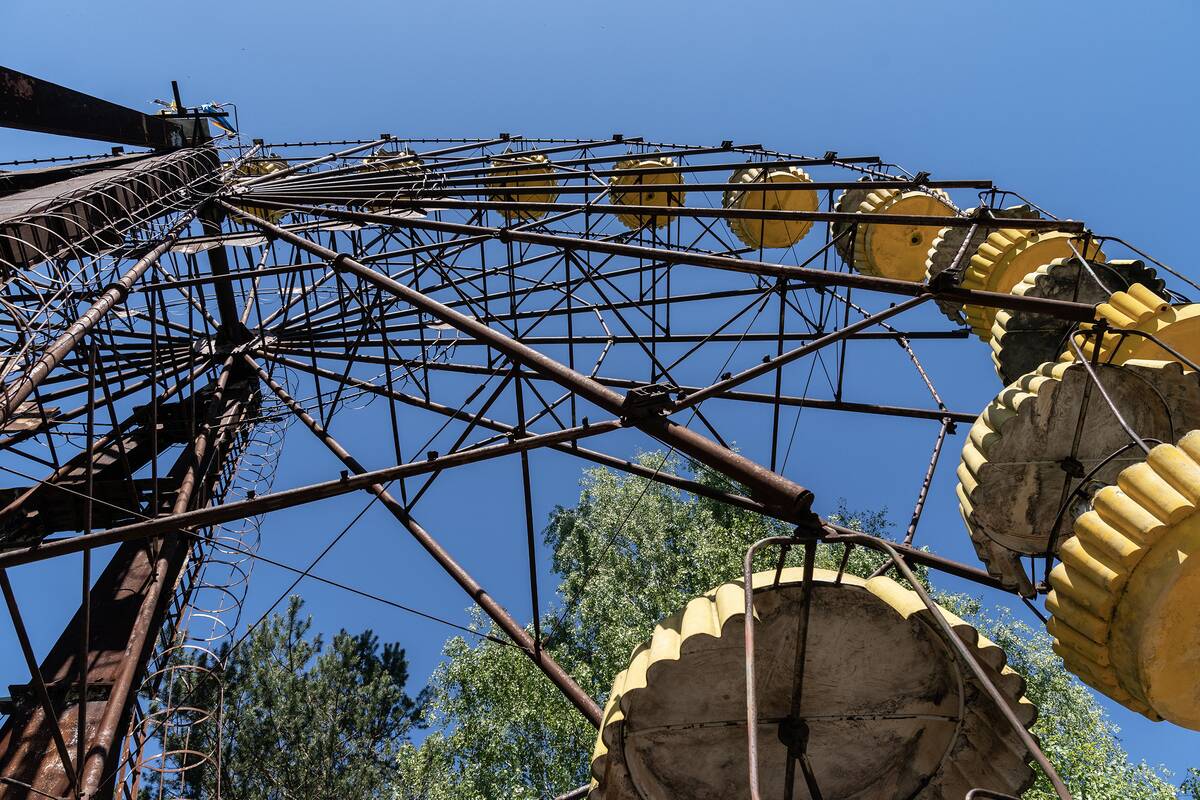
The pre-disaster era of Chernobyl leaves a lasting legacy, offering insights into a time of optimism and progress. This period is remembered for its vibrant community, industrial achievements, and cultural richness. While the disaster overshadowed its history, the memories of Chernobyl’s past continue to resonate, serving as a reminder of the resilience and spirit of its people. This legacy is preserved through stories, photographs, and the enduring impact on those who lived there.



